Go COMO comprehensive transit study
The survey period has concluded. Thank you to everyone for participating.
Olsson, consultants for the City of Columbia Public Works department, are nearing the end of their comprehensive study to identify ways to improve Go COMO, Columbia’s transit provider. Input received from residents will guide the development of plans to improve existing routes and expand services in the future.
Overall goals of the study include:
- Determining ways to increase transit service and ridership.
- The evaluation of funding mechanisms and partnership opportunities.
- Conducting a comprehensive operations analysis to identify ways to improve service efficiency, technology, staffing, facilities and other aspects of transit operations.
- Through community engagement, the establishment of goals for public transit and metrics to track progress toward these goals over time.
- A review of policies and opportunities for transit-oriented development and integration with other modes of transportation, both locally and regionally.
- Addressing the potential for flexible, on-demand micro-transit services as a potential method for growth.
Multiple transit alternatives are being reviewed for applicability, including fixed-route, micro-transit and regional commuter services. Evaluation of potential alternatives will consider the numerous benefits and drawbacks of each. The completed study with its recommendations will be posted here soon.
The survey period has concluded. Thank you to everyone for participating.
Olsson, consultants for the City of Columbia Public Works department, are nearing the end of their comprehensive study to identify ways to improve Go COMO, Columbia’s transit provider. Input received from residents will guide the development of plans to improve existing routes and expand services in the future.
Overall goals of the study include:
- Determining ways to increase transit service and ridership.
- The evaluation of funding mechanisms and partnership opportunities.
- Conducting a comprehensive operations analysis to identify ways to improve service efficiency, technology, staffing, facilities and other aspects of transit operations.
- Through community engagement, the establishment of goals for public transit and metrics to track progress toward these goals over time.
- A review of policies and opportunities for transit-oriented development and integration with other modes of transportation, both locally and regionally.
- Addressing the potential for flexible, on-demand micro-transit services as a potential method for growth.
Multiple transit alternatives are being reviewed for applicability, including fixed-route, micro-transit and regional commuter services. Evaluation of potential alternatives will consider the numerous benefits and drawbacks of each. The completed study with its recommendations will be posted here soon.
Questions will be answered by Public Works staff.
-
Share Does the ADA only require Paratransit for fixed route systems? If so, I worry about losing Paratransit or having service cut backs if no longer mandated. on Facebook Share Does the ADA only require Paratransit for fixed route systems? If so, I worry about losing Paratransit or having service cut backs if no longer mandated. on Twitter Share Does the ADA only require Paratransit for fixed route systems? If so, I worry about losing Paratransit or having service cut backs if no longer mandated. on Linkedin Email Does the ADA only require Paratransit for fixed route systems? If so, I worry about losing Paratransit or having service cut backs if no longer mandated. link
Does the ADA only require Paratransit for fixed route systems? If so, I worry about losing Paratransit or having service cut backs if no longer mandated.
KM asked about 2 years agoThe FTA requires that any transit agency that received federal funding operates a Paratransit system. This includes Go COMO, which receives federal funding.
I apologize for the lateness in my reply.
-
Share Will the study include any recommendations on hiring more bus drivers? For example when doing a search of Columbia jobs the only one listed for a bus driver is a temporary position. This does not really encourage someone to apply. Also with the driver shortage, how are they supposed to get the " demonstrated substantive experience in the operation of large buses, minibuses and/or vans" Columbia training should give them the opportunity to obtain this skill if we are ever going to get enough drivers. It seems like the city really isn't trying very hard to solve the driver shortage. on Facebook Share Will the study include any recommendations on hiring more bus drivers? For example when doing a search of Columbia jobs the only one listed for a bus driver is a temporary position. This does not really encourage someone to apply. Also with the driver shortage, how are they supposed to get the " demonstrated substantive experience in the operation of large buses, minibuses and/or vans" Columbia training should give them the opportunity to obtain this skill if we are ever going to get enough drivers. It seems like the city really isn't trying very hard to solve the driver shortage. on Twitter Share Will the study include any recommendations on hiring more bus drivers? For example when doing a search of Columbia jobs the only one listed for a bus driver is a temporary position. This does not really encourage someone to apply. Also with the driver shortage, how are they supposed to get the " demonstrated substantive experience in the operation of large buses, minibuses and/or vans" Columbia training should give them the opportunity to obtain this skill if we are ever going to get enough drivers. It seems like the city really isn't trying very hard to solve the driver shortage. on Linkedin Email Will the study include any recommendations on hiring more bus drivers? For example when doing a search of Columbia jobs the only one listed for a bus driver is a temporary position. This does not really encourage someone to apply. Also with the driver shortage, how are they supposed to get the " demonstrated substantive experience in the operation of large buses, minibuses and/or vans" Columbia training should give them the opportunity to obtain this skill if we are ever going to get enough drivers. It seems like the city really isn't trying very hard to solve the driver shortage. link
Will the study include any recommendations on hiring more bus drivers? For example when doing a search of Columbia jobs the only one listed for a bus driver is a temporary position. This does not really encourage someone to apply. Also with the driver shortage, how are they supposed to get the " demonstrated substantive experience in the operation of large buses, minibuses and/or vans" Columbia training should give them the opportunity to obtain this skill if we are ever going to get enough drivers. It seems like the city really isn't trying very hard to solve the driver shortage.
Camparan asked over 1 year agoThank you for your submission. The study is comprehensive and covers all aspects of transit in Columbia, including hiring more bus operators.
Posted positions for bus operators can sometimes conclude, but those positions should open up again fairly quickly. I just checked GoCoMoJobs.com and found listings for both full time and part time bus drivers. I suspect that you may possibly have checked during one of the brief periods between postings.
Operators can get experience by joining as a Paratransit Van Driver, which does not require a CDL license. It only requires a Class E license. While they are employed as a van operator, they can work to obtain a CDL while on the job, which Go COMO pays for.
I appreciate your feedback.
-
Share What is the advantage of micro-transit as a City Transit-funded service? The creation of a separate transportation system which is essentially a duplicate of Lyft/Uber, which are duplicates of conventional taxicab systems, only funded through the city and cost-controlled seems wasteful at best, and snake-oil at worst. If such a service is to be executed through City Transit, why not co-opt Lyft or Uber and have the City subsidize them to standardize fares and control for surge pricing? Or ban the use of Lyft or Uber and re-empower taxicabs? Making this separate system that embodies a lot of elements that are directly in conflict with the general goals of mass transit seems to be counterproductive and an unnecessary reinvention of the wheel. Use of public funds to do something that already exists in a functional state seems wasteful of funds that are already noted as being in short supply. on Facebook Share What is the advantage of micro-transit as a City Transit-funded service? The creation of a separate transportation system which is essentially a duplicate of Lyft/Uber, which are duplicates of conventional taxicab systems, only funded through the city and cost-controlled seems wasteful at best, and snake-oil at worst. If such a service is to be executed through City Transit, why not co-opt Lyft or Uber and have the City subsidize them to standardize fares and control for surge pricing? Or ban the use of Lyft or Uber and re-empower taxicabs? Making this separate system that embodies a lot of elements that are directly in conflict with the general goals of mass transit seems to be counterproductive and an unnecessary reinvention of the wheel. Use of public funds to do something that already exists in a functional state seems wasteful of funds that are already noted as being in short supply. on Twitter Share What is the advantage of micro-transit as a City Transit-funded service? The creation of a separate transportation system which is essentially a duplicate of Lyft/Uber, which are duplicates of conventional taxicab systems, only funded through the city and cost-controlled seems wasteful at best, and snake-oil at worst. If such a service is to be executed through City Transit, why not co-opt Lyft or Uber and have the City subsidize them to standardize fares and control for surge pricing? Or ban the use of Lyft or Uber and re-empower taxicabs? Making this separate system that embodies a lot of elements that are directly in conflict with the general goals of mass transit seems to be counterproductive and an unnecessary reinvention of the wheel. Use of public funds to do something that already exists in a functional state seems wasteful of funds that are already noted as being in short supply. on Linkedin Email What is the advantage of micro-transit as a City Transit-funded service? The creation of a separate transportation system which is essentially a duplicate of Lyft/Uber, which are duplicates of conventional taxicab systems, only funded through the city and cost-controlled seems wasteful at best, and snake-oil at worst. If such a service is to be executed through City Transit, why not co-opt Lyft or Uber and have the City subsidize them to standardize fares and control for surge pricing? Or ban the use of Lyft or Uber and re-empower taxicabs? Making this separate system that embodies a lot of elements that are directly in conflict with the general goals of mass transit seems to be counterproductive and an unnecessary reinvention of the wheel. Use of public funds to do something that already exists in a functional state seems wasteful of funds that are already noted as being in short supply. link
What is the advantage of micro-transit as a City Transit-funded service? The creation of a separate transportation system which is essentially a duplicate of Lyft/Uber, which are duplicates of conventional taxicab systems, only funded through the city and cost-controlled seems wasteful at best, and snake-oil at worst. If such a service is to be executed through City Transit, why not co-opt Lyft or Uber and have the City subsidize them to standardize fares and control for surge pricing? Or ban the use of Lyft or Uber and re-empower taxicabs? Making this separate system that embodies a lot of elements that are directly in conflict with the general goals of mass transit seems to be counterproductive and an unnecessary reinvention of the wheel. Use of public funds to do something that already exists in a functional state seems wasteful of funds that are already noted as being in short supply.
UMach asked about 2 years agoThe consultant, in the end, did not recommend micro-transit as a solution for Columbia. Thank you for your comment and I apologize for the lateness in my reply.
Key Dates
-
August 27 2024
-
April 23 2024
-
November 14 2023
Photos
Who's Listening
-
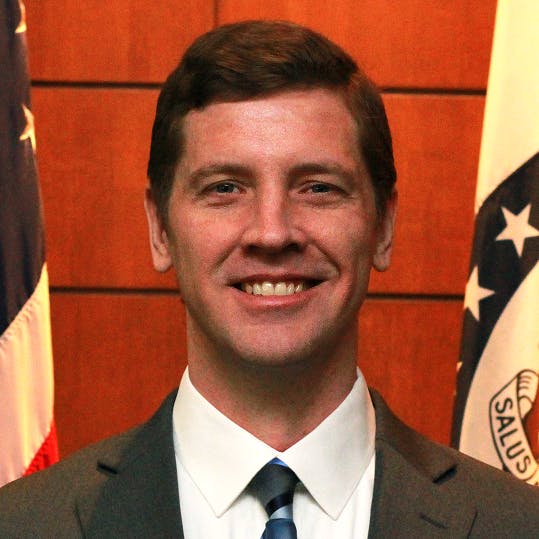
Phone 573-874-2489 Email John.Ogan@CoMo.gov



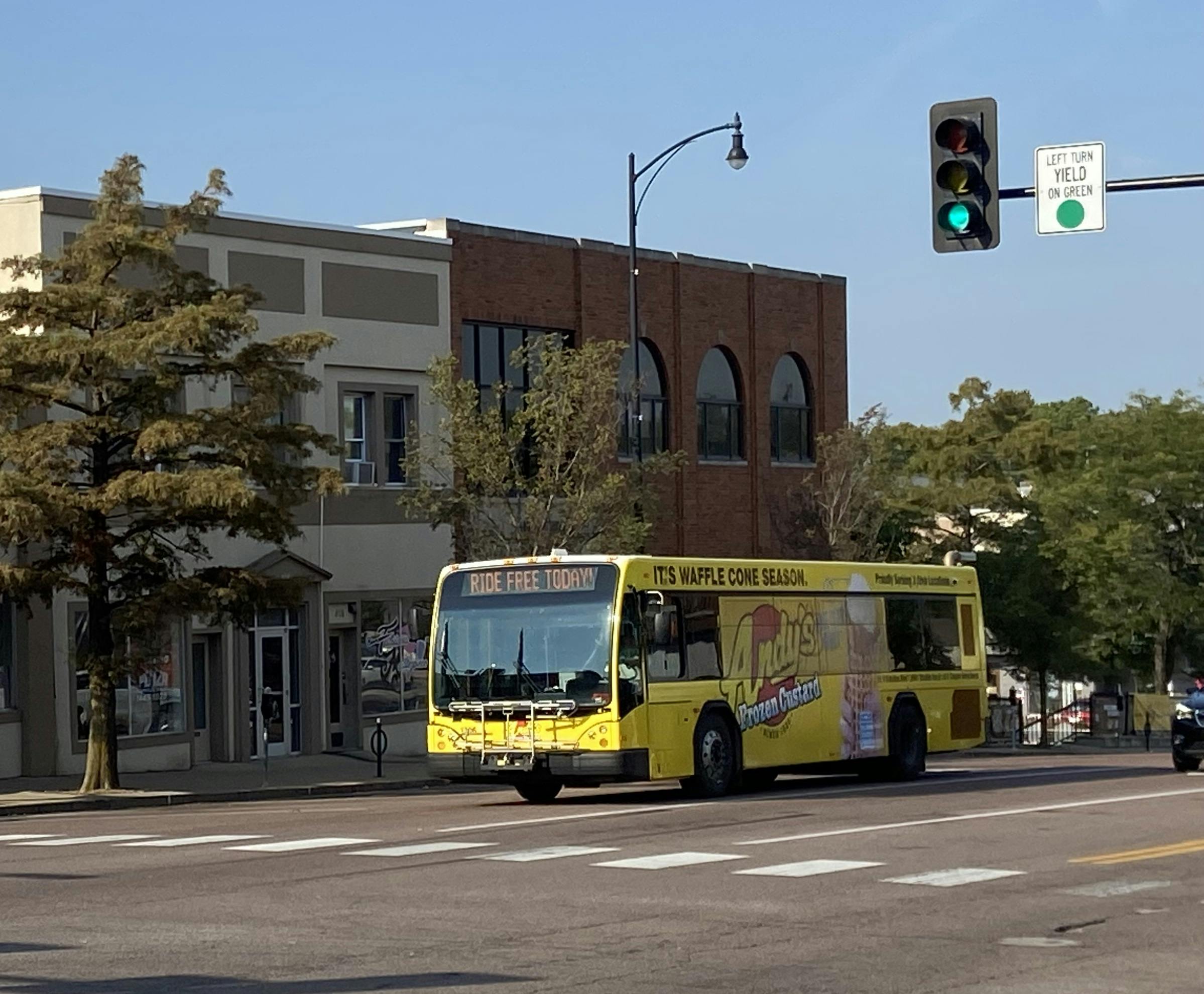
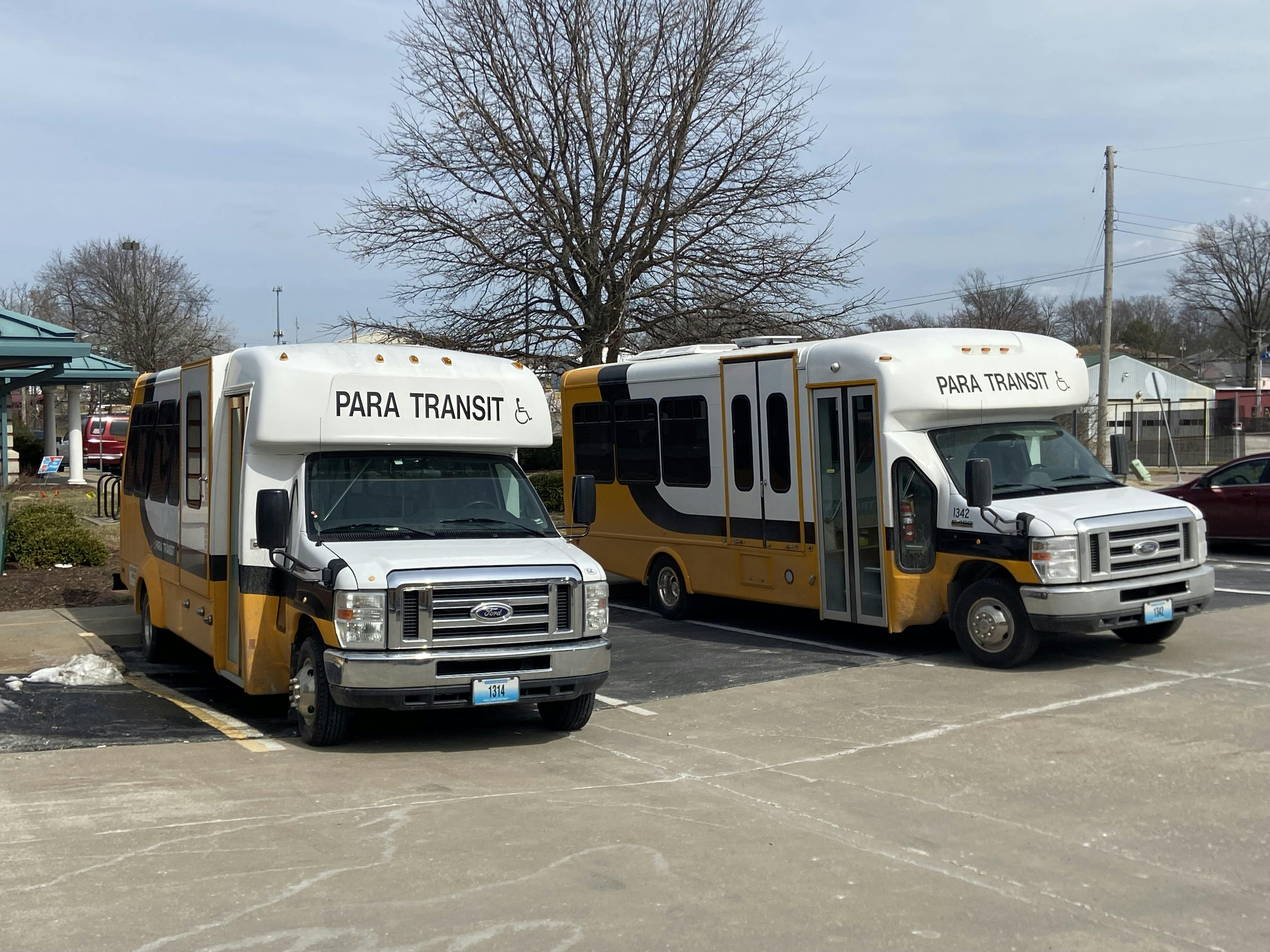
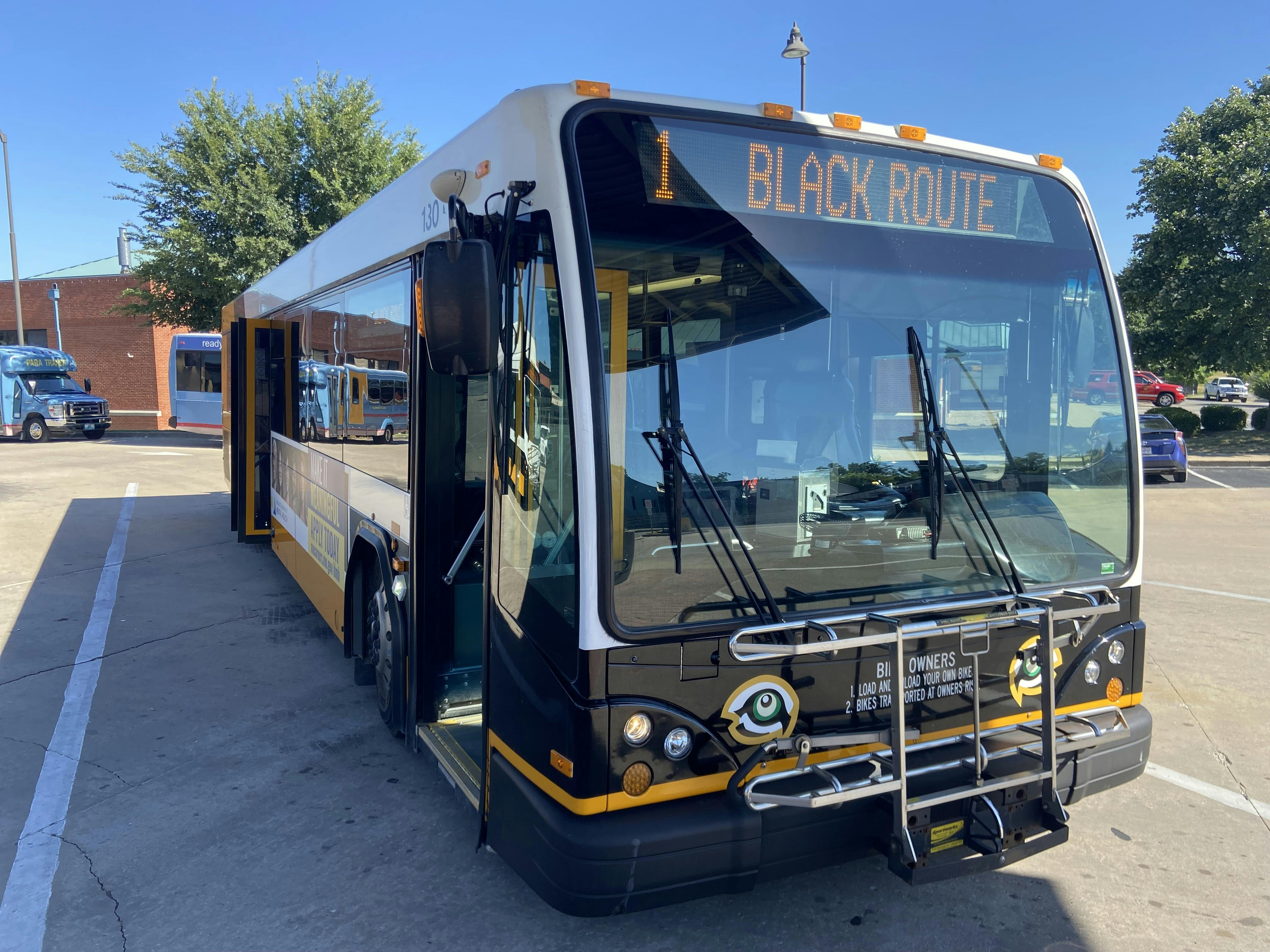
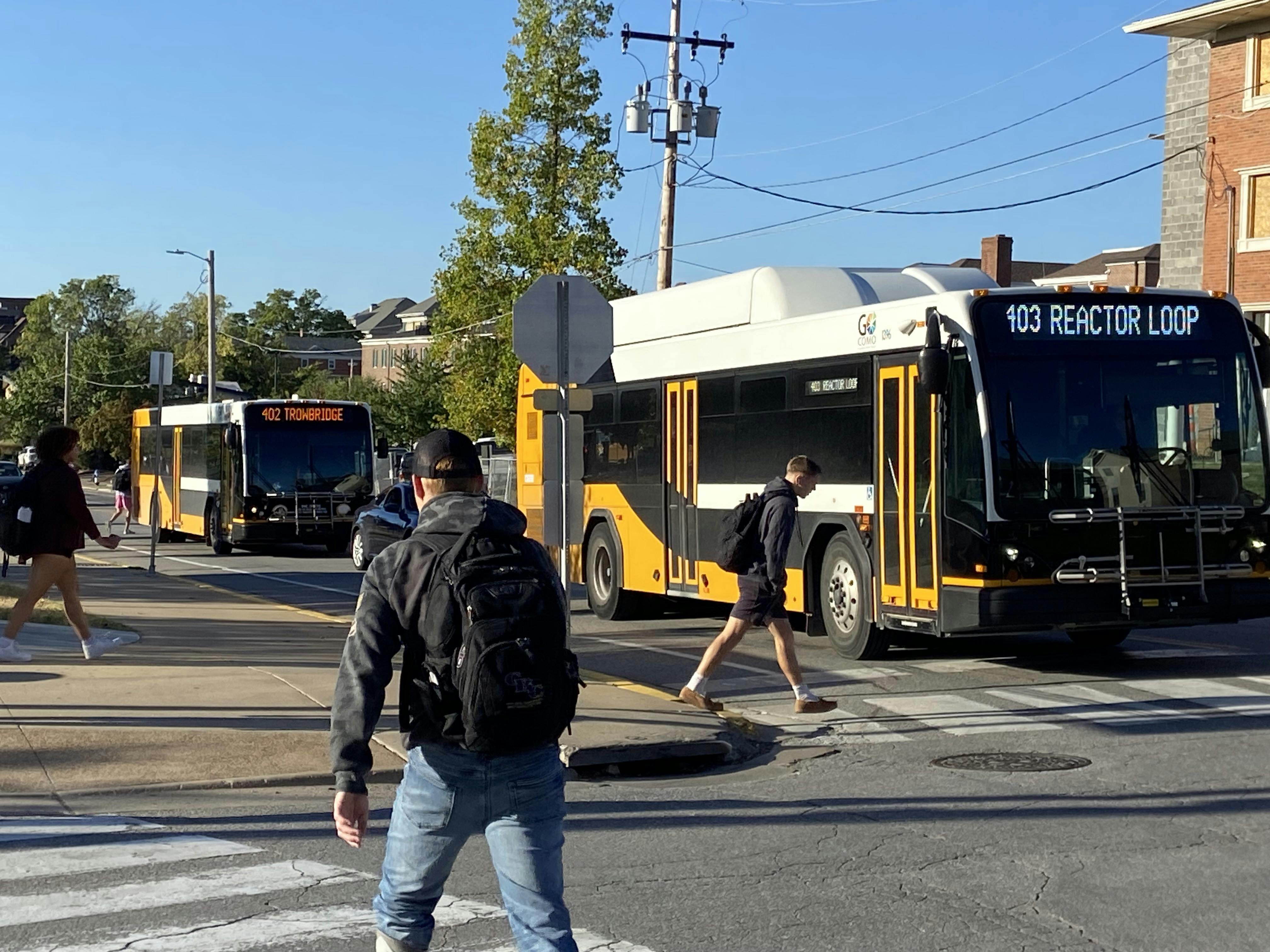
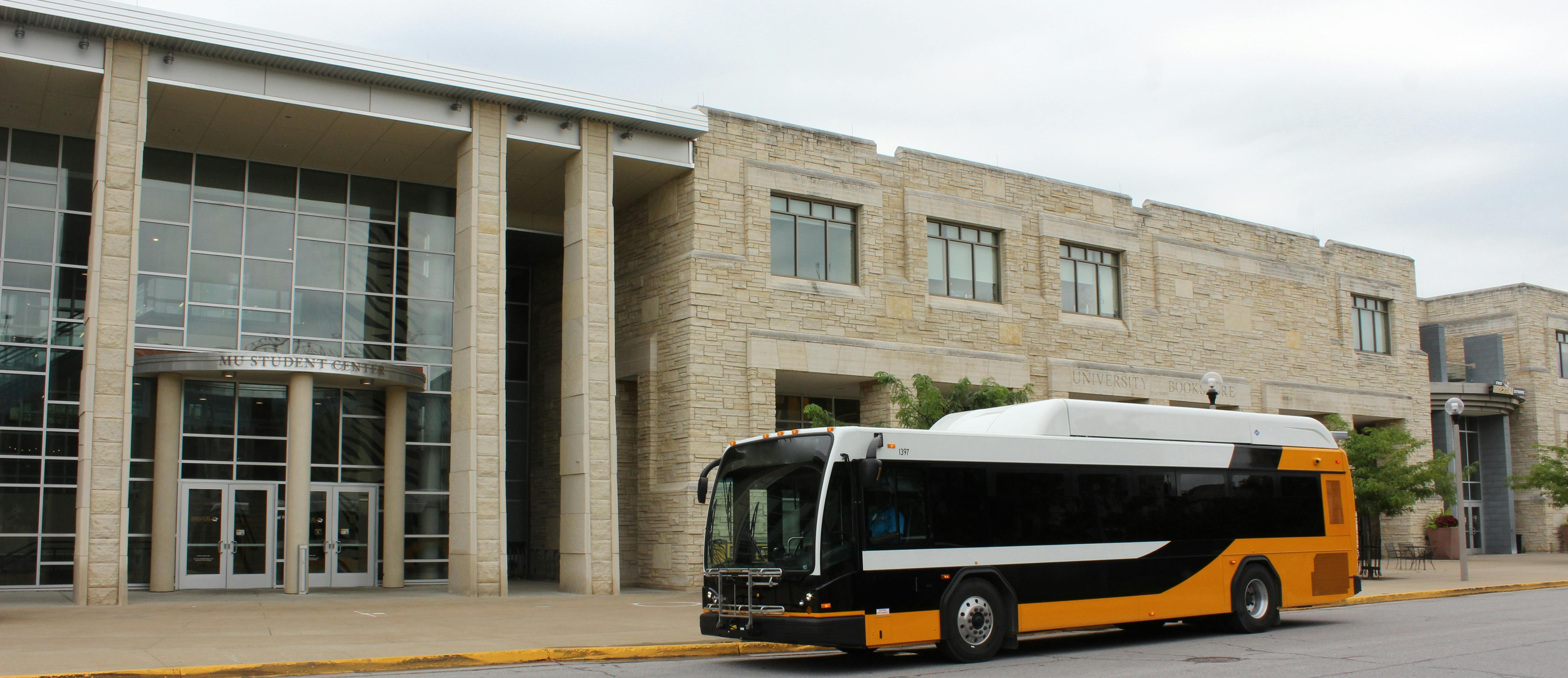
Thank you for your contribution!
Help us reach out to more people in the community
Share this with family and friends